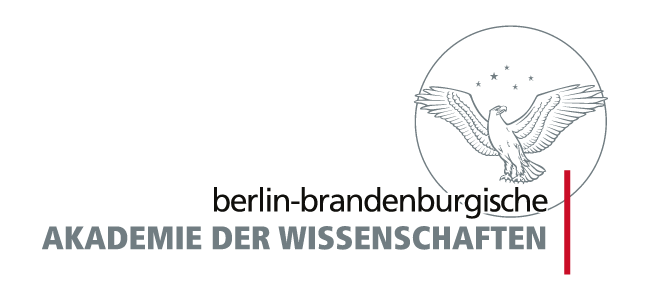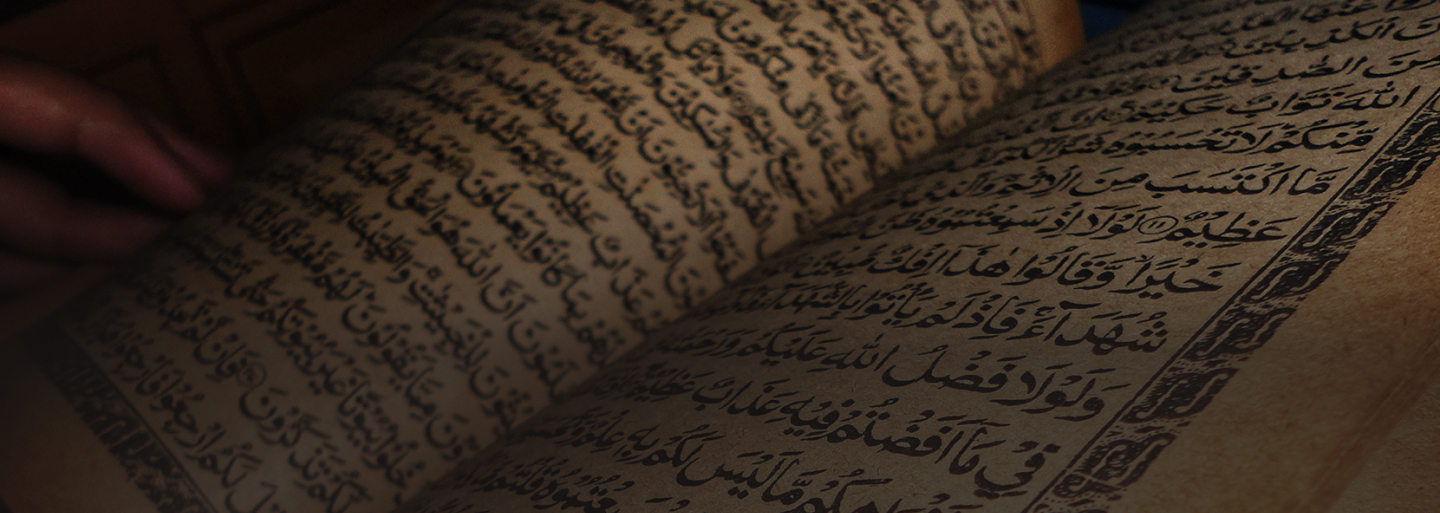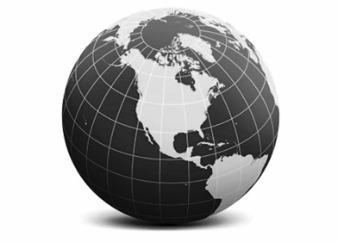Echoes of Jacob of Serugh in the Qur’ān and Late Antique Reading Culture: Public Evening Event

December 7, 2021
18:00
Academy Building – Gendarmenmarkt
Einstein Hall, Jägerstraße 22/13, 10117 Berlin
An event of the long-term project “Corpus Coranicum“ member of the Research Centre for Primary Sources of the Ancient World at the Berlin-Brandenburg Academy of Sciences and Humanities (BBAW).
The writings of Jacob of Serugh (d. 520/1) have been highlighted as one of the most significant corpora for understanding the late antique literary environment in which the Qur’ān emerged. His homilies and letters contain many exegetical and theological traditions common to the Qur’ān and the Syriac tradition. How are we to understand echoes of Jacob’s thought in the Qur’ān? Who had access to these texts and the traditions they transmit? This lecture seeks to shed light on this complex of questions by examining the circulation of Jacob’s writings in the sixth and seventh centuries. We will first investigate Jacob’s correspondence with communities within and beyond the Roman Empire during his lifetime. We will then turn to the physical manuscripts that preserve his writings from late antiquity. This approach will help identify the late antique communities that discussed these shared traditions and thereby grant insight into the question of what it means to investigate Jacob’s works as texts from the environment of the Qur’ān.
Philip Michael Forness is currently a post-doctoral researcher at Goethe-Universität Frankfurt am Main. He received his Ph.D. in the History of Christianity from Princeton Theological Seminary in 2016 and has published widely on the traditions of eastern Christianity. He is the author of „Preaching Christology in the Roman Near East“ (Oxford, 2018) and the co-editor of „The Good Christian Ruler in the First Millennium“ (Berlin, 2021).
A lecture in the series “Languages and Cultures in the Near East and the Silk Road in Late Antiquity“ (organized by the long-term projects „Turfanforschung“ and “Corpus Coranicum“).
PROGRAM
Welcoming Address
- Tonio Sebastian Richter (Spokesperson of the Research Centre for Primary Sources of the Ancient World | Academy member | Freie Universität Berlin)
Introduction
- Michael Marx (BBAW)
- Angelika Neuwirth (Freie Universität Berlin)
Lecture
- Philip Michael Forness (Goethe-Universität Frankfurt a.M.)
* Important information about the event * Registration is required by December 2, 2021 using this form. Notes for on-site participation: The 2G rule applies to this event. Admission begins half an hour before the event, please come early. Due to the hygiene rules to contain the coronavirus SARS-CoV-2, there may be waiting times at the entrance. The following evidence is required to participate (evidence of a complete COVID-19 vaccination and / or your recovery must be digitally verifiable (QR code)): Proof of a complete COVID-19 vaccination (the last vaccination must be at least 14 days ago) or Proof of your recovery (the positive PCR test result is at least 28 days, but no more than six months ago or in the case of a longer past infection in connection with at least one vaccination against Covid-19)and identity card or passport. Please have the relevant notices ready at the entrance and observe additional safety and hygiene information on site. Notes for digital participation: The event will be broadcast via zoom. You will receive a corresponding access link on the day of the event itself. By participating, you agree to Zoom's privacy policy. If you have problems registering or you do not receive a registration confirmation email, please contact us via email.


